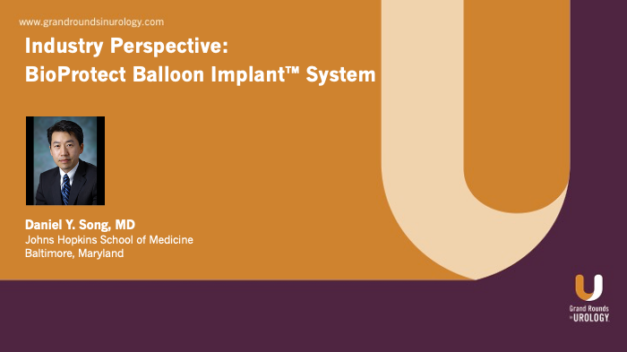Oligometastatic Prostate Cancer
Daniel Song, MD, explores the evolving role of metastasis-directed therapy (MDT) and androgen deprivation therapy (ADT) in oligometastatic prostate cancer. Initial studies, including SABR-COMET and STOMP, demonstrate that MDT, through approaches like stereotactic body radiotherapy (SBRT) or surgery, improves progression-free and ADT-free survival compared to observation alone. Recent trials also evaluate the combination of MDT and short-term ADT, such as the EXTEND trial, which shows significantly prolonged progression-free survival.
The 9-minute presentation highlights how advanced imaging, particularly PSMA PET scans, outperforms conventional imaging in detecting and targeting metastases, enhancing MDT’s efficacy. Comparisons of PSMA-guided versus choline-guided SBRT reveal superior outcomes in disease-free survival. Furthermore, ongoing research seeks to clarify whether systemic hormone therapy is necessary alongside MDT, with trials like DART exploring novel ADT strategies.
Dr. Song asserts that MDT improves survival metrics in oligometastatic prostate cancer, particularly when informed by advanced imaging. Combining MDT with prostate radiation or systemic ADT offers additional survival benefits.
Read More



